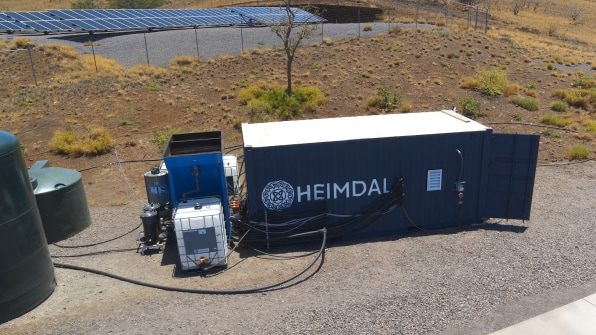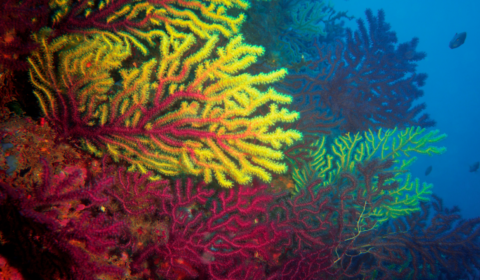While the majority of carbon capture efforts are focused on air pollution, the current version of this ‘ocean-assisted’ tech can capture CO2 at a cost of $475 per ton – which is cheaper than any land project to date.
Along a remote stretch of Hawaiian coastline, a geoengineering start-up is pioneering ‘ocean-assisted’ carbon removal – which can both sequester emissions and help to reduce ocean acidification.
Now, as you’re no doubt already aware, the ocean is brilliant for storing carbon emissions and slowing the immediate warming of our climate. In-fact, around 140bn tons of CO2 are concealed within deep sea reserves, peatlands, and seagrass every year. Nuts, right?
While this is obviously a good thing, there is a significant drawback which has prevented researchers from running away with ocean-based carbon capture projects: ocean acidity.
When emissions enter the water and are absorbed as natural bicarbonates, chemical reactions break the gas down into hydrogen ions which increase the surrounding PH level. This has been proven to damage low dwelling marine animals as well as coral and algae.
In the Pacific Ocean, scientists have reported that ocean acidity levels have dissolved the shells of young crabs, for example.
Therefore, if we’re to deliberately coax more carbon into the sea, the resulting rise in acidity is something we need to be prepared for and ready to counter.
One company that appears to have solved the conundrum on a local scale, is Hawaii based Heimdal.
This start-up has developed a machine that can take existing sea water and rearrange its molecules to remove acid using an electrical charge.





















